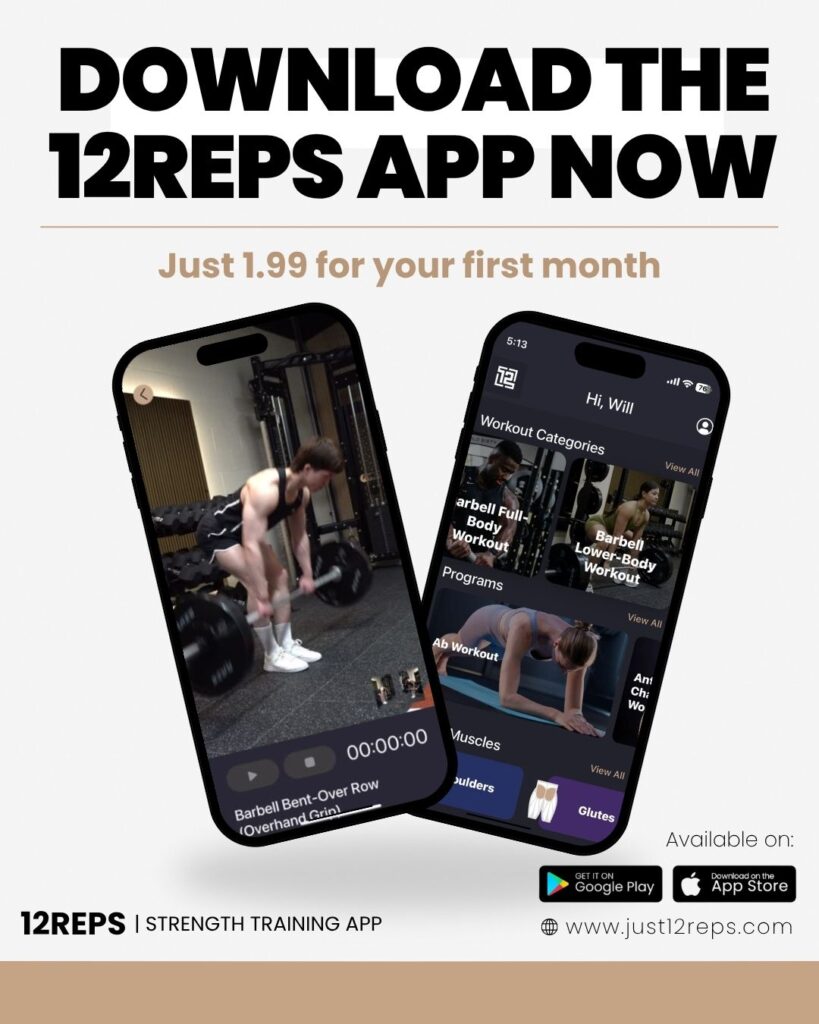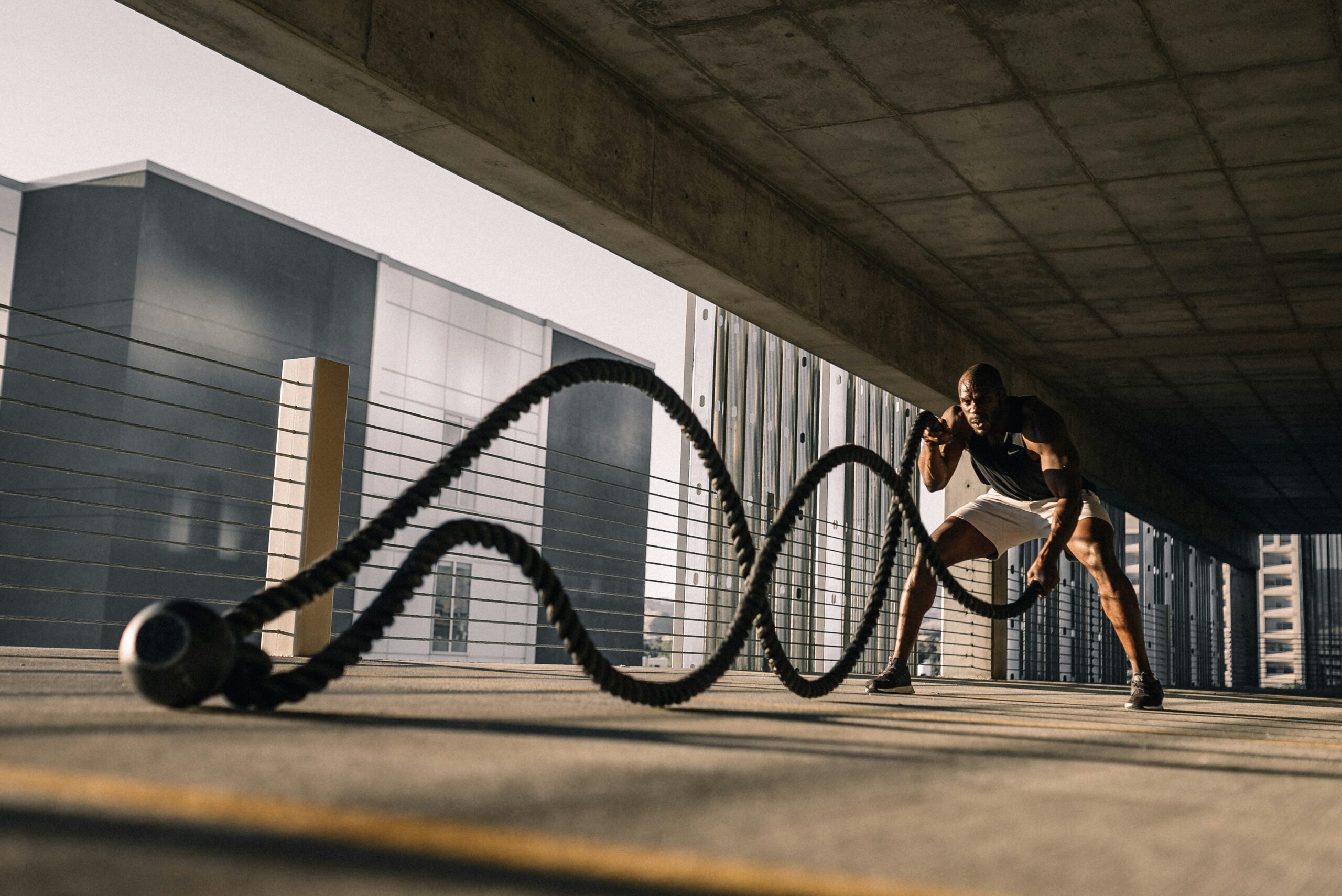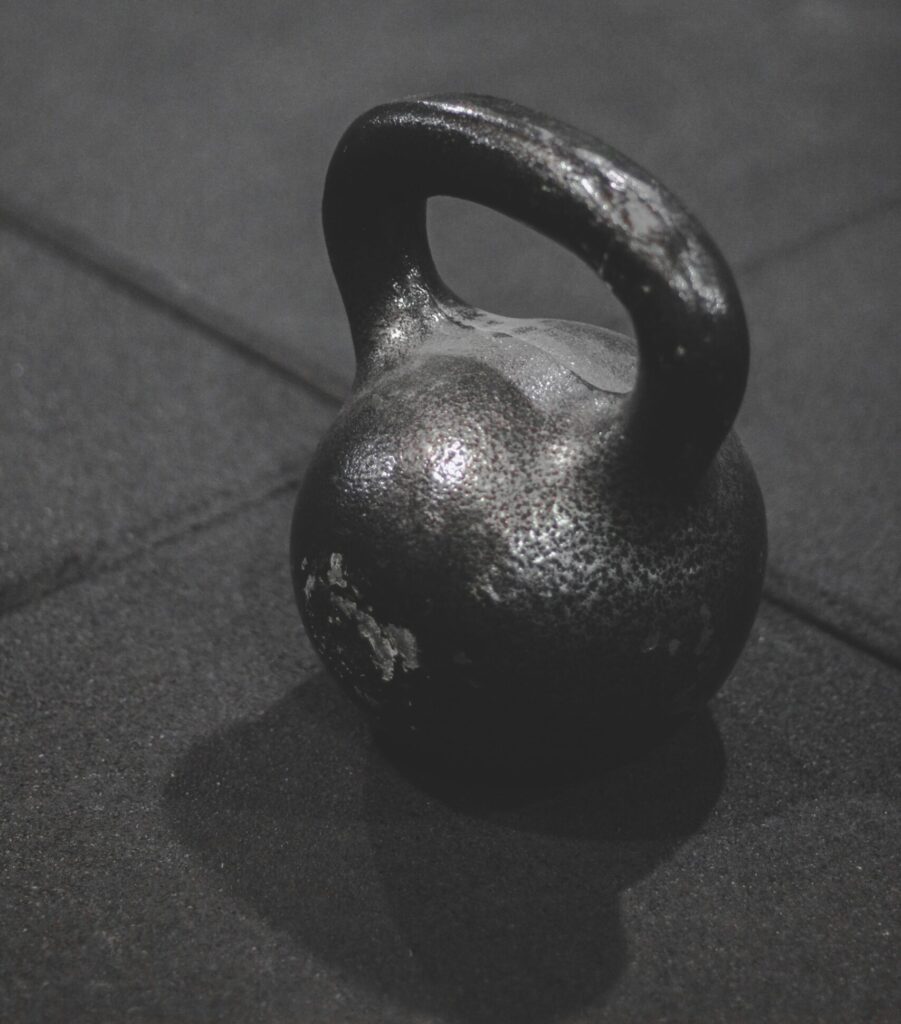Are you a team sport athlete looking to enhance your performance and reduce the risk of injuries? Look no further. With a decade of experience in strength and conditioning, I can guide you through understanding the specific anatomy and energy systems required by your sport.
It’s crucial to recognise that effective training is not about the quantity of effort but the quality and intelligence behind it. For instance, a touch rugby player wouldn’t benefit from long-distance running, such a mismatch in training could impair performance and potentially lead to injuries. Similarly, a 100-meter sprinter would find no advantage in long-distance running.
The goal of this program is to help you develop strength, explosive power, correct muscle imbalances, increase anaerobic capacity, and enhance muscle stability. Achieving these objectives requires focused strength training and the appropriate form of anaerobic explosive exercises.
The graph is divided into phases: This graph explains the cycle of training before, during and after the season.
Preparatory Period: This is usually the off-season, where the focus is on building general physical conditioning (increased volume, lower intensity).
Transition Period: During this phase, the training becomes more specific to the sport, with a focus on increasing intensity and reducing volume to prepare the body for higher loads.
Competition Period: The training volume is further reduced to allow the body to recover and peak in performance for competition. Intensity may remain high, but the total quantity of work is less to prevent fatigue.
Transition Period (Active Rest): After the competition, the athlete enters a period of active rest, where training is significantly reduced to allow for recovery before the next training cycle begins.
This 8-week strength and conditioning training program is tailored for touch rugby players who are in the transition and competition period. To learn more about strength and conditioning, check out the following highlighted article.
download the 12reps app
Warm-up: A warm-up before each session is important before training.
|
|
|
|
Sets |
|
500-meter row |
|
|
World’s greatest stretch |
2 |
|
Walkout into pigeon stretch. |
3 X20 seconds’ hold |
|
Standing Wall Hamstring stretch |
3x 20 seconds Hold |
|
Thoracic spine cat-cow stretch |
3x 8reps |
Day 1: Strength – Lower Body
|
|
|
| Sets | Reps |
Pistol Box squats | 4 | 16 (8 on each leg) |
crab walK | 4 | 5-meter length |
| ||
Leg press (single leg) | 4 | 16(8 on each leg) |
Bulgarian split squats | 4 | 16(8 on each leg) |
| ||
Trap bar deadlift or Barbell RDL | 5 | 3-5 |
| ||
Swiss ball Hamstring curl | 4 | 20(10 on each leg) |
| ||
Machine hip thrust or barbell hip thrust | 5 | 8-12 |
Weighted Calf raises. | 5 | 15 |
Day 2: Power, Balance, and Stability
|
|
|
| Sets | Reps |
Box Drop Jumps | 4 | 6 |
Medicine ball slams | 4 | 10 |
Dumbbell snatches | 4 | 12 (6 reps on each arm) |
| ||
Bosu ball dynamic lunges | 3 | |
Sled pull | 3 | 10-meter length |
| ||
Bosu ball ankle stability (single leg) | 20 seconds hold on each leg. | |
Dumbbell farmer’s walk | 4 | 10-meter length |
| ||
Wall sit | 4 | 45 seconds |
This training focuses on making you stronger and more powerful for touch rugby. It’s not about doing a lot of exercises but about doing the right ones.







